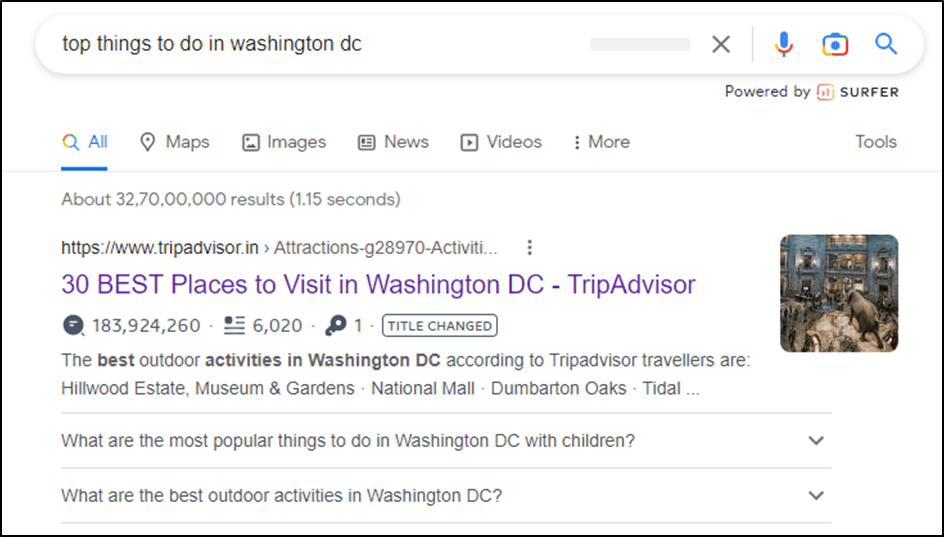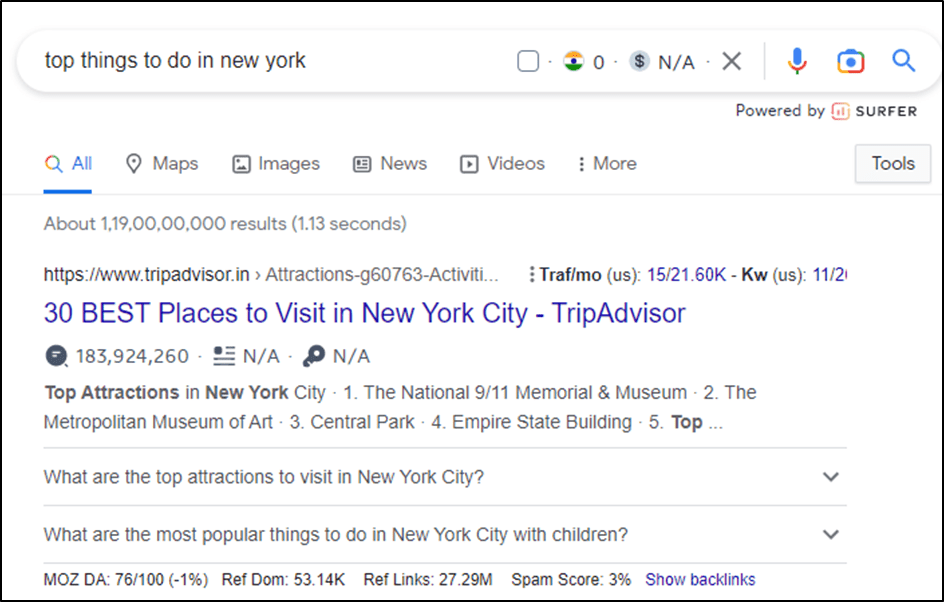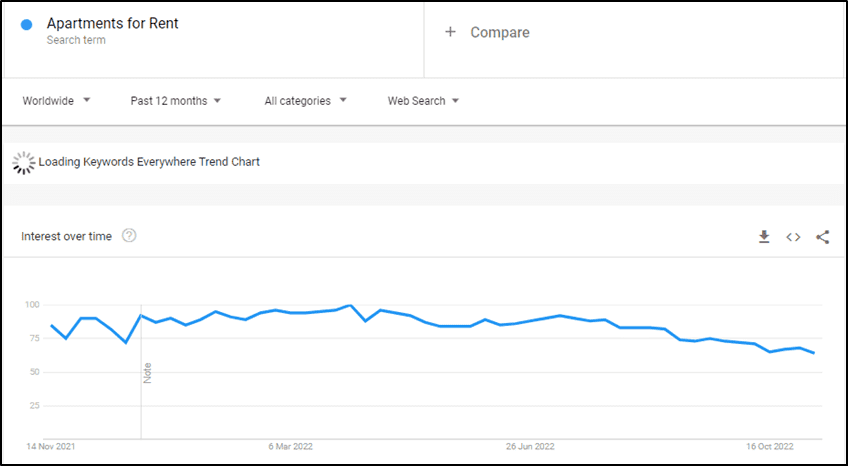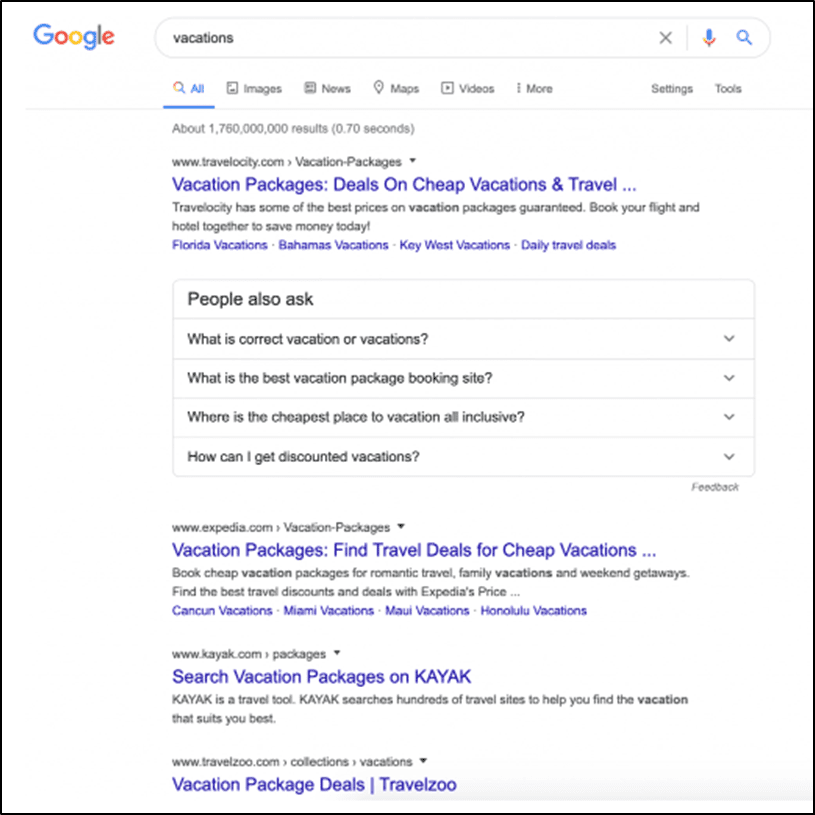ARE YOU SEARCHING OUT AFFORDABLE Programmatic SEO SERVICES FOR YOUR BUSINESS?
Ever wondered how big ecommerce websites or service websites like travel and food create thousands of pages within a short period of time? Ever thought about how they get so much traffic and rank for every long-tail keyword?

It has always been a burning question in my mind how businesses like Trip Advisor, TrustPilot, and real estate aggregators like NoBroker, and Zillow make millions of websites while a traditional content team struggles to create the first thousand pages in the first year itself.
The Answer is SEO? But How… As far as I know, Google recommends creating manually written high-quality content. If that’s the case, there is no way a business can create so many pages instantly.
Well, a little trend is carrying on in the SEO community: to apply programming and basic automation in our SEO Efforts.
What is Programmatic SEO?
Programmatic SEO is the deliberate practice of generating multiple landing pages with dynamic content using some basic coding and scripting languages.
A simple application that can save millions of hours of work! Trust me, after so many years of building content manually for different websites; I would kill to get a tool like this! The Tool that we specifically used is the MPG Plugin.
So how does it Work? How to Execute a Content Plan keeping Programmatic SEO in Mind? Does it not create duplicate content issues? We will cover all of these in this article.
The Benefits of Programmatic SEO
1. Enhanced Keyword Targeting
Programmatic SEO enables marketers to conduct thorough keyword research and analysis. By utilizing advanced tools, they can identify high-performing keywords and optimize their content accordingly. This approach ensures that the website aligns with the search intent of the target audience, ultimately driving more relevant traffic.
2. Time and Cost Efficiency
Automation lies at the core of programmatic SEO. By automating various SEO tasks, such as content creation, link building, and performance tracking, marketers can save significant time and effort. This allows them to allocate resources more efficiently and focus on other aspects of their marketing strategy.
3. Data-Driven Decision Making
Programmatic SEO leverages data analytics to drive optimization efforts. Marketers can gain valuable insights into user behavior, search trends, and website performance metrics. This data empowers them to make informed decisions and fine-tune their SEO strategy for maximum impact.
4. Scalability and Consistency
Programmatic SEO is highly scalable, making it suitable for websites of all sizes. As businesses grow, they can seamlessly expand their optimization efforts without compromising quality. Additionally, programmatic techniques ensure consistency in implementing SEO best practices throughout the website.
Programmatic SEO Services:
Programmatic SEO services offer a specialized approach to scaling search engine optimization efforts by leveraging automation and advanced algorithms. These services are designed to generate and optimize large volumes of landing pages quickly and efficiently. By integrating custom coding and data-driven strategies, programmatic SEO services help businesses target specific keywords and audience segments with precision. This approach not only enhances visibility across numerous search queries but also allows for real-time adjustments based on performance data. For companies seeking to expand their online presence rapidly while maintaining SEO effectiveness, programmatic SEO services provide a robust solution that combines technological innovation with strategic expertise.
Programmatic SEO Tools:
Programmatic SEO tools are software solutions that facilitate the automated creation and management of SEO content at scale. These tools often include features such as dynamic content generation, keyword optimization, and performance tracking. Advanced programmatic SEO tools use algorithms to analyze search trends, competitor strategies, and user behavior, enabling businesses to create highly targeted and relevant landing pages. Tools like the MPG Plugin, for instance, offer functionalities such as Spintax for generating unique content variations, which helps avoid duplicate content issues. By streamlining the SEO process, programmatic SEO tools empower businesses to efficiently execute large-scale content strategies and improve their search engine rankings.
Implementing Programmatic SEO
To harness the power of Programmatic SEO effectively, consider the following steps:
1. Define Your SEO Goals
Before implementing any programmatic SEO strategies, clearly define your SEO goals. Are you aiming to increase organic traffic, improve conversion rates, or enhance brand visibility? Identifying these goals will guide your programmatic SEO efforts and help you measure success.
2. Conduct Comprehensive Keyword Research
Keyword research forms the foundation of any SEO strategy. Utilize programmatic tools to identify relevant keywords with high search volume and low competition. Focus on long-tail keywords that align with your target audience’s search intent.
3. Optimize On-Page Elements
Programmatic SEO automation tools can help optimize various on-page elements, such as meta tags, headings, and image alt text. Ensure that your website’s HTML code is clean, and the content is properly structured for search engine crawlers to index and understand.
4. Implement Content Automation
Create high-quality, engaging content that aligns with the identified keywords. Leverage programmatic tools to automate content creation processes, such as content ideation, generation, and optimization. This approach ensures consistent and relevant content delivery.
5. Monitor and Analyze Performance
Regularly monitor your website’s performance using programmatic analytics tools. Keep track of important metrics like organic traffic, bounce rates, and conversion rates. Analyze the data to identify areas of improvement and make data-driven optimizations.
The Real Power of Programmatic SEO


As you can see when searching, “things to do” is a keyword and “washington dc” is a location modifier. For one variation, we see trip adviser ranking. If we want to target this term, we must create a landing page better than a trip advisor.
The problem is there are several other cities and in each of them, the trip advisor is ranking. So if we want to beat Trip Advisor, we need to create thousands of similar pages on separate target locations. That is a humongous task.
However, with a little programmatic SEO, you can create dynamic pages optimized for the keyword “things to do” alternating for all location modifiers.
That enables you to match the large content marketing teams of big companies with nothing at all! That’s a huge power on your hands.
The Exact Method to Create Dynamic Landing Pages at Scale
Keyword Research
1. Find The Top Level Terms:
As you have noticed, focus keywords for dynamic landing pages have two parts. One is the constant head part and the other one is the tail part that is variable. In the above case, “things to do” is a key phrase while “washington dc” was the variable part. Our job is to research these head terms.
These will be different for different businesses:
Travel Services: “things to do,” “travel guide in”, “travel packages”
Real Estate: “Apartments for Rent,” “Office for Sale in”
Grocery Shop: groceries, electronics
Also, be mindful to check Google trends once in a while. There is no use in targeting a term thats trending downward.

1. Find the variable terms
As you have seen in the previous example of “things to do in washington dc”. The location modifier is “Washington dc”. Variable terms can be anything, but there are certain standard types like:
- Location Modifiers: Washington, New York, Edinburg, Delhi, etc.
- Service modifiers: seo, development services, moving services, etc.
- Restaurants: vegan restaurants, cheap restaurants.
2. Finally, just put them all together
Here is a short example:

Create your Template Landing Page
Your Template Landing Page is the main page content which needs to be used as a sample to create dynamic Landing pages.
Creating a Sample Page is like creating one version of the thousands of landing pages you envision for your website. The usual rules of On-Page SEO must be perfectly implemented on this page.
For a quick revision of On-Page SEO Fundamentals, I include a checklist here:
- Target one focus keyword for each page
- Make sure to determine its keyword intent (Informational, Commercial, Transactional)
- Make sure to nail search Intent
- Ensure proper subheading distribution
- Optimize Titles and Meta Descriptions
- Implement Schema Markup
- Implement Canonicals
- Make sure the page is indexed
If you want to brush up on your On-Page, I suggest you read our Indepth On page Guide.
Optimizing On-Page SEO is just one part. We also have to implement shortcodes into the text sections that will alternate and change with the dynamic landing pages. This way, the content remains unique and we don’t face a duplicate content issue.
We do it by using the Spintax feature of the MPG Plugin. Here’s a quick tutorial on how to set up your Sample Page.
Make Sure to Do a Competitive Analysis before Finalising the Template Page
This step is crucial to building a landing page that is optimized to rank. The easiest step is to simply type in focus in keywords in Google and check out the top 3 or 5 search results. This helps to understand the basic structure and headlines of the top-ranking pages.
Obviously, if they are ranking well, it is probably because they are nailing the search intent.
Also, another suggestion would be to look into the People Also Ask Section and the related keywords section. These are super important and must be included in the content to rank for additional long-tail terms and drive extra traffic.

Last but not the least, if you have a keyword research tool, you can simply put the focus keyword and open the questions report. That will give you additional topics that you can cover in your content.
Here is an example of such a report from ubersuggest

Creating the Dynamic Landing Pages
This is where things get technical, and there are numerous ways of doing it. However, this article will cover the MPG Plugin, which allows you to create multiple pages.
Instead of covering how technicals are here, I am embedding this video which can give a high-level overview of MPG. You can follow other videos in their tutorial series to getting started.
Here is the Link to their Official Youtube Channel: https://www.youtube.com/c/MPGWP
Final Thoughts
Content Marketing at scale using tools like the MPG plugin helps small businesses match big companies’ content marketing machines. The main advantage is targeting thousands of keywords at once and generating tons of traffic.
However, maintaining that rank is another challenge; hence, one must adopt a Backlink Strategy at scale.
Some of the ways one can generate backlinks at scale include :
Using Badges and Offers as Bait
Ecommerce websites always do it, giving custom recommended and best seller badges. Such recommendations yield a lot of Backlinks organically as people are inclined to share hot offers and recommendations.
Viral Content
Self-explanatory. Look at Buzzfeed; their content in social media is the perfect example of how to create viral content for businesses. With more people sharing, they instantly create a buzz in social media that converts into many natural backlinks to the website.

Data

People love data. They use it for creating a bunch of other content. That may be blogs, office presentations, ebooks, tutorials, courses, etc. Most of the time, using such content by others results in a backlink.
This is one of the best ways to gain rich organic backlinks consistently. Partly one of the reasons why industry thought leaders have huge content teams since they write well-researched content that is quoted by many over and over again. Thus earning them millions of backlinks.

Thatware | Founder & CEO
Tuhin is recognized across the globe for his vision to revolutionize digital transformation industry with the help of cutting-edge technology. He won bronze for India at the Stevie Awards USA as well as winning the India Business Awards, India Technology Award, Top 100 influential tech leaders from Analytics Insights, Clutch Global Front runner in digital marketing, founder of the fastest growing company in Asia by The CEO Magazine and is a TEDx speaker and BrightonSEO speaker.


